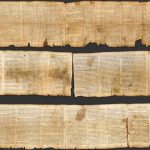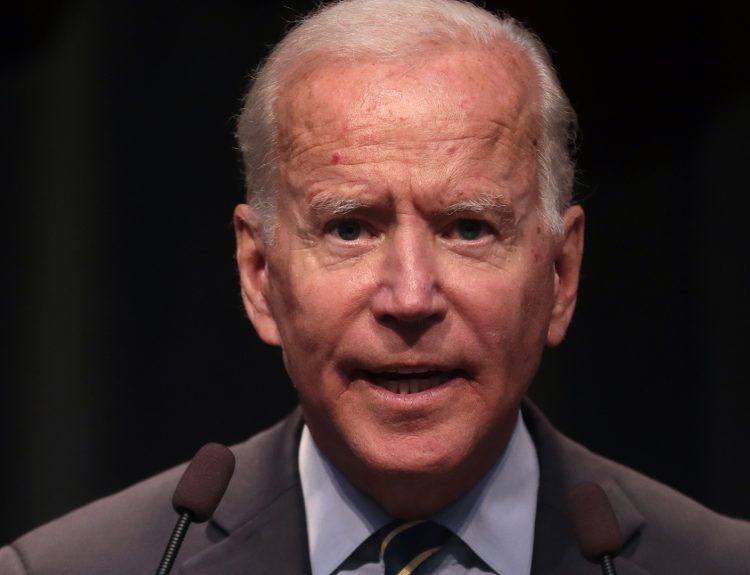Leaving an inheritance for the next generation is a practice that stretches back centuries. The practice of leaving items in time capsules for future generations, though? That’s a practice that is much newer. The idea of sharing items representing the current moment is sentimental and a little thrilling, a thought that was evidently shared by the founding fathers of the United States.
An Intriguing Discovery
A group of plumbers were working to fix a leak in the cornerstone of Massachusetts State House in Boston. While they were working, they happened upon a metal box that looked like it was copper, as it was covered with an entirely blue-green patina.
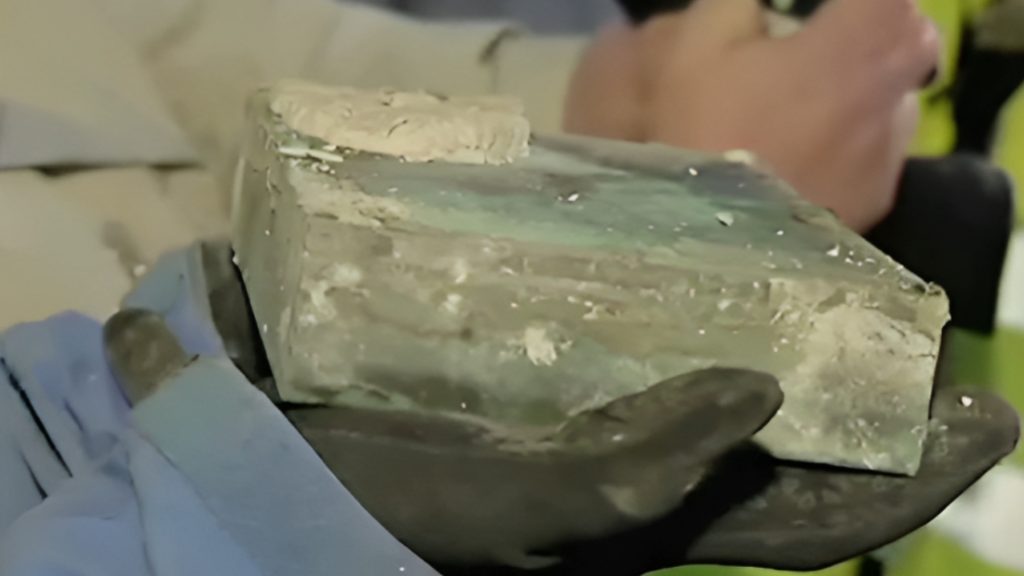
They were a little baffled, and immediately informed the Museum staff to come and take a look. Pamela Hatchfield, a local conservator, was the one to slowly chisel away at the wall until she could reach the box and remove it without damaging it. Without even looking inside, she knew that the contents were something special.
Some Background Knowledge, Please
A little context is required in order to understand the significance of this find. The building in question, the Massachusetts State House, is a state building that has existed since 1798. It was designed by architect Charles Bulfinch, and stood as a replacement to the previous state house on Washington Street.
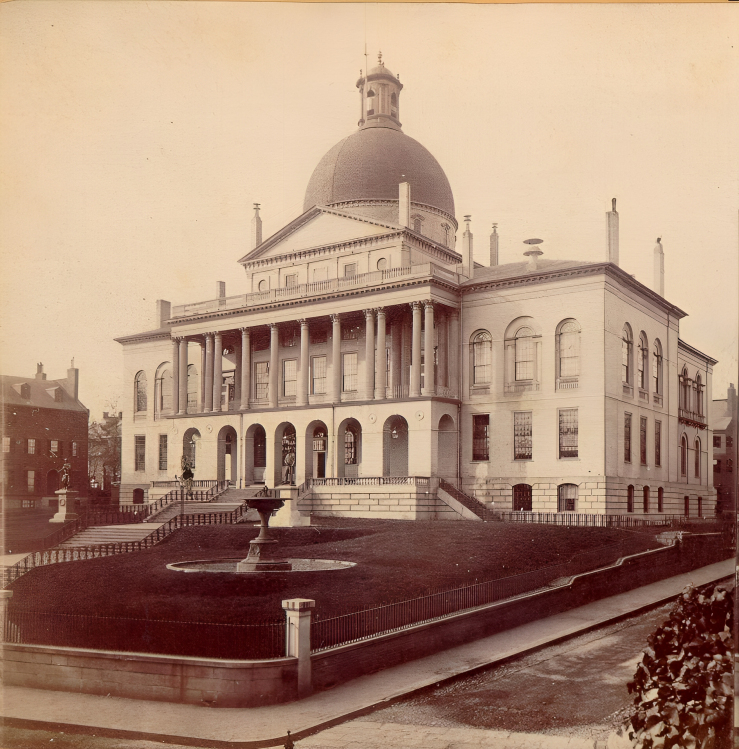
The building was completed at more than five times its planned budget, and it’s been expanded five times since then. It’s one of the oldest state houses still in use in the United States, and has a fascinating history of renovation, starting with the rounded dome.
Several Renovations to Reach Its Final State
The original dome of the Massachusetts State House was made out of wood. The dome is part of what creates the iconic silhouette of the building, but the original form leaked whenever it would rain – which in Boston, is frequent.

In order to make the building more waterproof, the first renovation happened in 1802. The dome was covered in sheet copper by Paul Revere’s Copper Company for the first time, preventing the rain from leaking in and making government workers more comfortable.
Copper From an Unlikely Place
Many people know Paul Revere for his famous midnight ride where he informed the Patriots of the incoming British on the eve of the Revolutionary War. He was far more than that, though. He was a father, he owned a silversmithing company, and eventually, he went on to revolutionize metalworking in a way that hadn’t been done before.
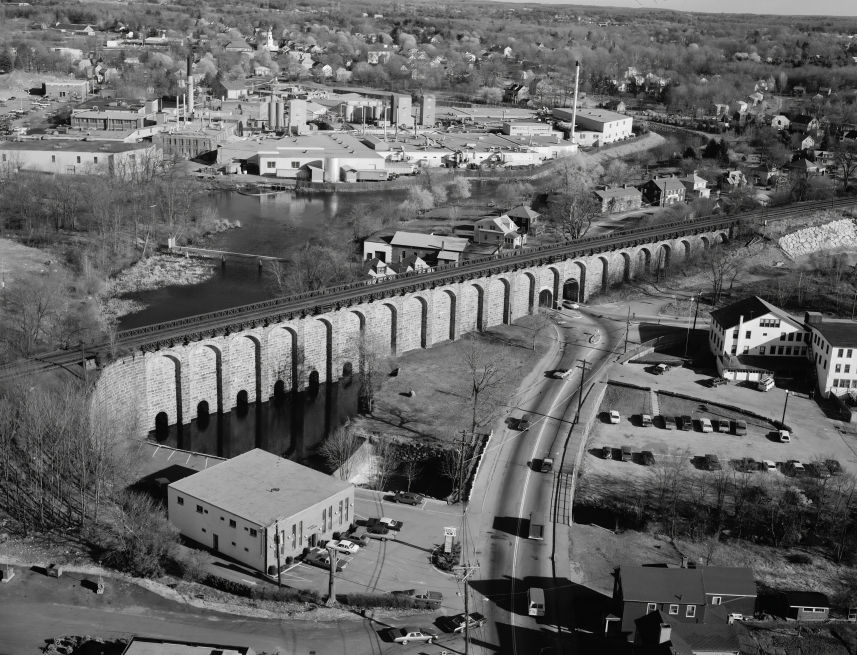
Revere’s copper dome on the State House was painted several times during its life, first gray, and then yellow. Then, in 1874, the entire thing was gilded in gold leaf. This lasted until WWII, when the roof was again painted gray in order to reduce reflection during blackouts.
Renovations Galore
The renovations on the building went far beyond the adjustments to the dome, though. The original building was completed in 1798, and the first expansion of the building occurred in 1895. The second expansion occurred in 1917, when the east and west wings of the building were finished.
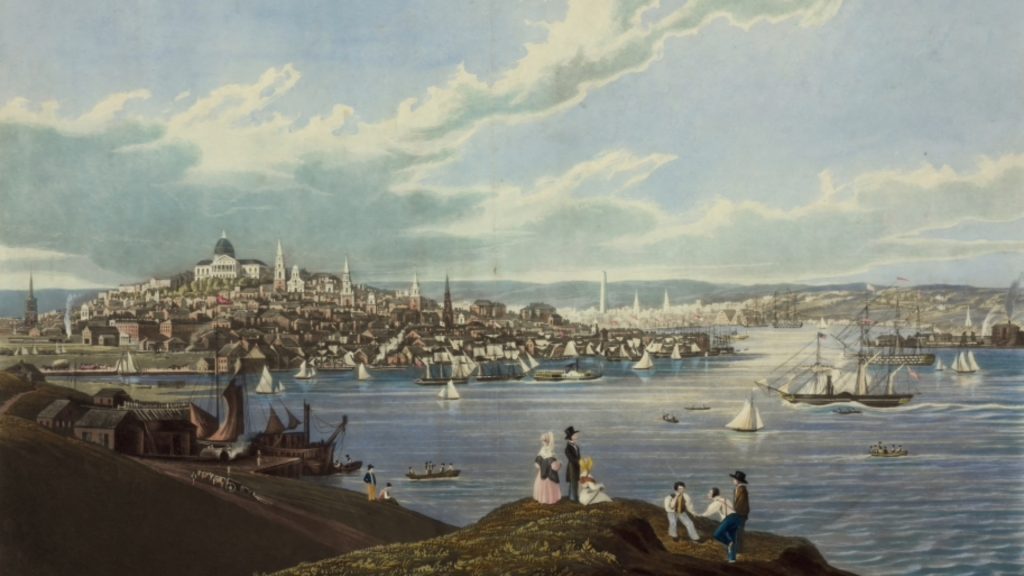
The many alterations the building underwent is fascinating on its own, but what is even more fascinating is how the alterations of the building allowed for the time capsule discovered in 2014 to be hidden and discovered not once, but twice.
Capsules as a Remnant of the Past
Time capsules are objects that are meant to represent a specific time frame, with objects inside that are either sentimental to the owners or meaningful to the time period. The time capsule discovered in 2014 is remarkable, not just for where it was discovered but for how old it truly was.
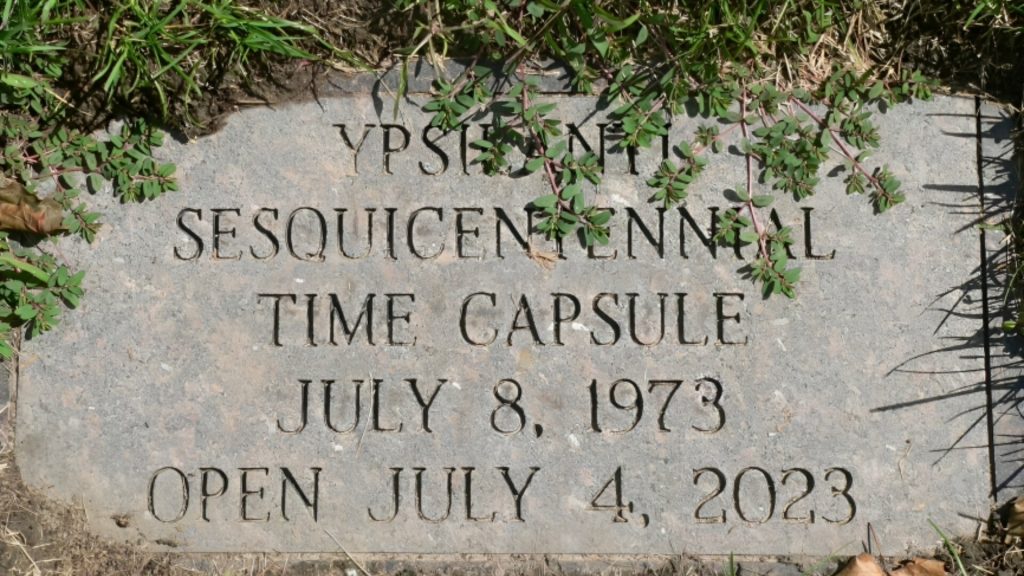
The capsule was dated back to 1795, which is when the original construction began on the State House. Sam Adams was the governor of Massachusetts at the time, which explains why it’s believed that some of the items in the box belonged to him.
An Important Figure
Samuel Adams was a key figure in the founding of the United States of America He was a founding father, an American revolutionary, and was one of the signers of the Declaration of Independence, the cornerstone document of American freedom.
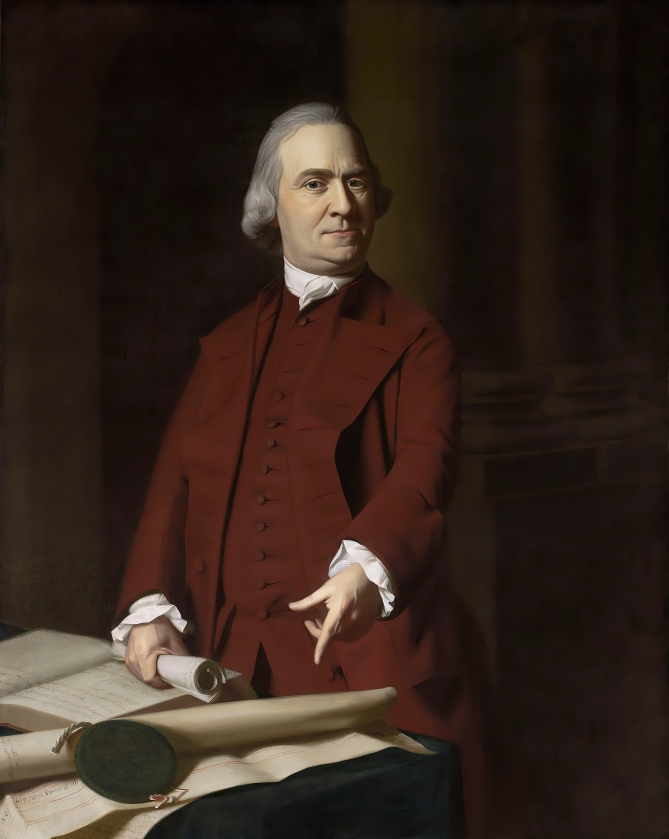
Sam Adams was the cousin to John Adams, the first Vice President and the second President of the United States. He was also an important figure in the founding of American republicanism, the principles of which still shape American political culture today.
An Ancient Capsule, in Terms of Time Capsules
The age of the time capsule is fascinating especially once you understand what the capsule was first made of. The capsule was first uncovered from its hiding place in the corner of the State House building in 1855, sixty years after it was initially buried during the building’s construction.

It is believed that the capsule was originally a container made out of cowhide, a much softer and biodegradable material. The capsule was still quite young at the time of its initial uncovery, so it was decided that the contents would be moved to a much sturdier, copper box, and reburied in the same corner it had been found.
Reverence For a Piece of History
The governor at the time, Winslow Harley, even organized a special ceremony for the reburial of the time capsule. It was out of respect for the object found – after all, it was entirely possible that they could have been uncovering someone’s resting place.

In its more sturdy container, the container went on to survive for another 159 years, buried in the corner of the Massachusetts State House. The day that it was uncovered was one for the history books, and everyone involved treated it as such.
Calling in the Expert
Pamela Hatchfield was the Head of Objects Conservation at the Boston Museum of Fine Art at the time. As such, she had plenty of experience handling old objects with care and attention. She was the natural choice to call when the plumbers at the State House stumbled on an unknown object buried in the walls.

When Pamela came to the building, she was sure that it was going to be a standard trip of identification and authentication. She didn’t anticipate the trip taking the several hours that would be required to carefully excavate the time capsule from the wall.
A Careful Extraction
When Pamela arrived at the scene, the plumbers were around watching eagerly to see what she and her team were going to do. Upon seeing the situation, Hatchfield called in a team of riggers that set about extracting the cornerstone with the copper box.
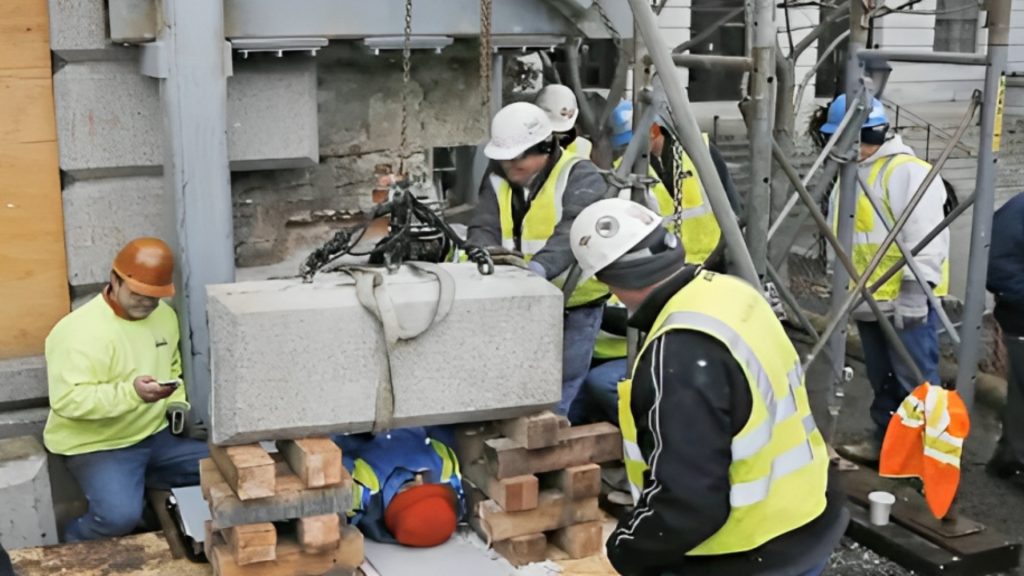
Once the stone was extracted, a piece of wood was put under it for support. Pamela and her team were then able to carefully chisel away at the cornerstone block in such a way that they were able to extract the box without damaging the precious artifact.
Coins Hint at the Value Inside
During the extraction, the box practically fell into Pamela’s hands as it was uncovered. Immediately, she knew that she had discovered something of incredible historic value, and proceeded with even more caution as she took the box away from the stone.
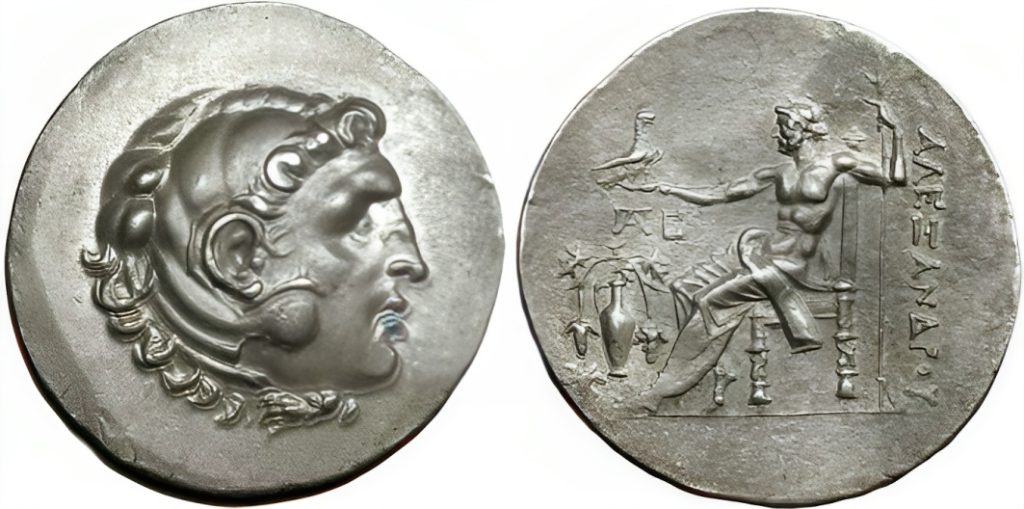
The first thing that she noticed was some loose coins that were on top of the rusted copper box. On further research in the box after the fact, it was discovered that these coins were placed on top of the box when the capsule was initially discovered and reburied in 1855. Governor Harley placed them there for good luck.
Everyone Was Excited to See What Was Inside
The day of the extraction from the stone was incredibly grueling for Pamela and her team. Once the copper box was fully freed from its stone home, she brought the artifact back to the museum for examination later.
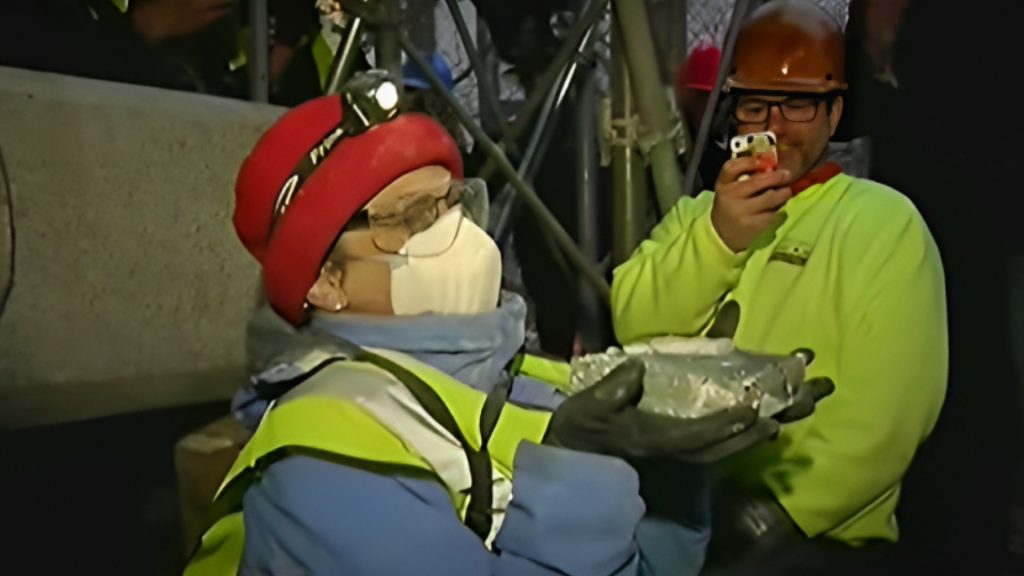
Before anything was done that could damage the box, though, an x-ray was performed on the capsule to see if it could be determined what was inside. The x-ray revealed some coins and papers inside, but the capsule was so old that nobody could be entirely certain at the state of the contents of the box.
Getting Started With Opening the Box
Pamela came back to the museum soon with excitement to find out what was inside the box. The x-ray had revealed that there was already something of historic value inside, but it wouldn’t be until she could get her hands on the items that she would know for sure.
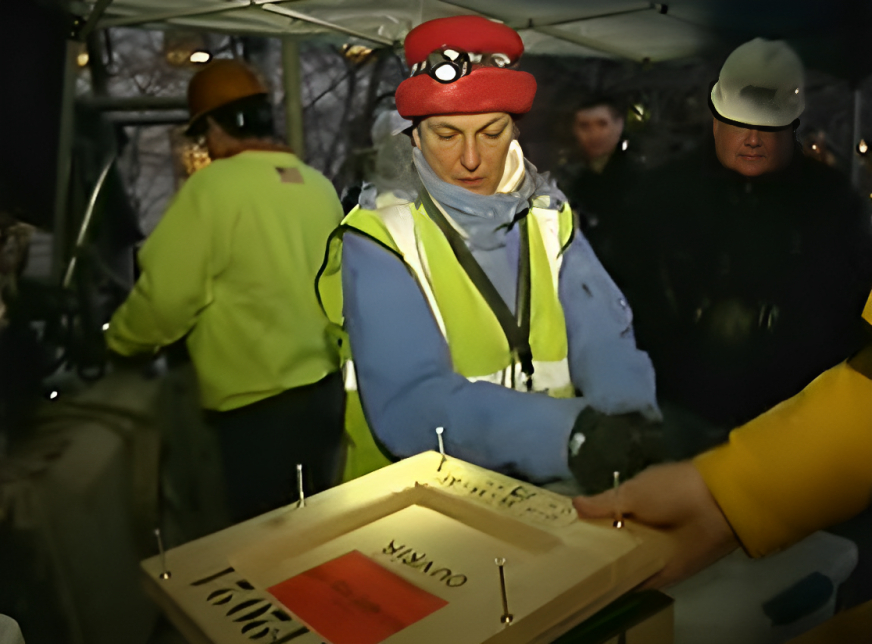
The box was exactly where she had left it at the museum, and there, under the observation of a team of external dignitaries, Pamela set about opening the box. Using her precision tools, she carefully pried the capsule open, doing as little damage to the vessel as possible.
Newspapers and Coins Within
Immediately on opening the box, Pamela saw a stack of newspapers. The clippings that she removed from the box were all from the Boston Daily Traveler and the Boston Bee, dated in the mid 19th century. The newspapers were all still intact and readable after over 200 years, making this the first stunning find.

Also held in the box were a series of coins that predated America’s independence. This is an incredible find for those interested in numismatics – the study of coins. Rare coins from colonial times can sell for hundreds and thousands of dollars to the right collector, making this valuable beyond the historic significance.
An Oddity that Required Outside Help
One of the visitors to the museum who watched the unboxing was Michael Comeau, the head of the Massachusetts Archive. His expertise includes a great deal of knowledge about early American antiques, and he was able to work with Pamela to decipher what each of the unusual coins were.

One of the coins escaped his knowledge base, though, and required some research to identify. Ultimately, with help from a chief historian at the History Channel, they were able to identify the coin in question as a pine tree shilling.
A Colonial Treasure
The pine tree shilling is an early colonial coin that was first circulated in 1652. The Massachusetts Bay Colony authorized silversmiths to mint coinage in order to help grow the colonial economy. Prior to this point, the economy in Massachusetts was based entirely on bartering and foreign coins.
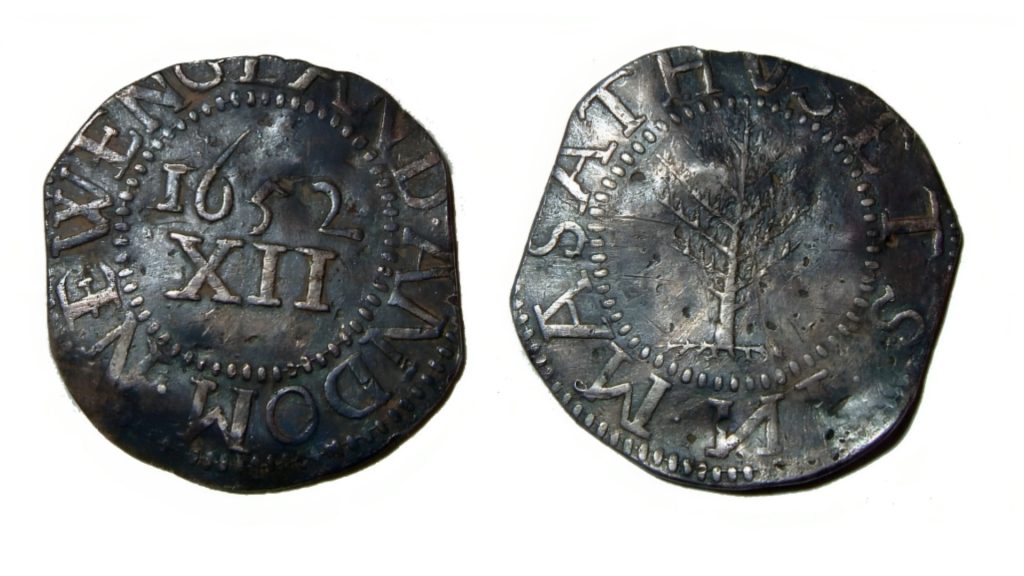
The shillings were all dated with the year 1652, which was the year the minting was authorized. This was prior to the practice of putting the date of minting on the coin, and the coins were only produced until 1682. At that point the mint was closed down, and the colony’s charter was revoked two years later by Charles II.
Other Items of Historical Significance
There were other historical treasures in the box beyond the coins and the newspapers. There were papers that detailed trade transactions and meeting minutes. Some of the records in question dated prior to the 17th century, increasing their historical significance for how well preserved they were.

There was also a medal inside carved with George Washington’s face, along with a paper seal that resisted identification at first. With some time, though, Comeau was able to identify the seal on the paper as the symbol of the Commonwealth of Massachusetts.
An Explanation of the Reason Behind the Burial
One of the final items discovered in the box gave clues to the mystery of why the capsule was hidden in the first place. All through the excavation and discovery of the objects inside, a question plagued Pamela and the individuals watching her: why was the box hidden in the first place?
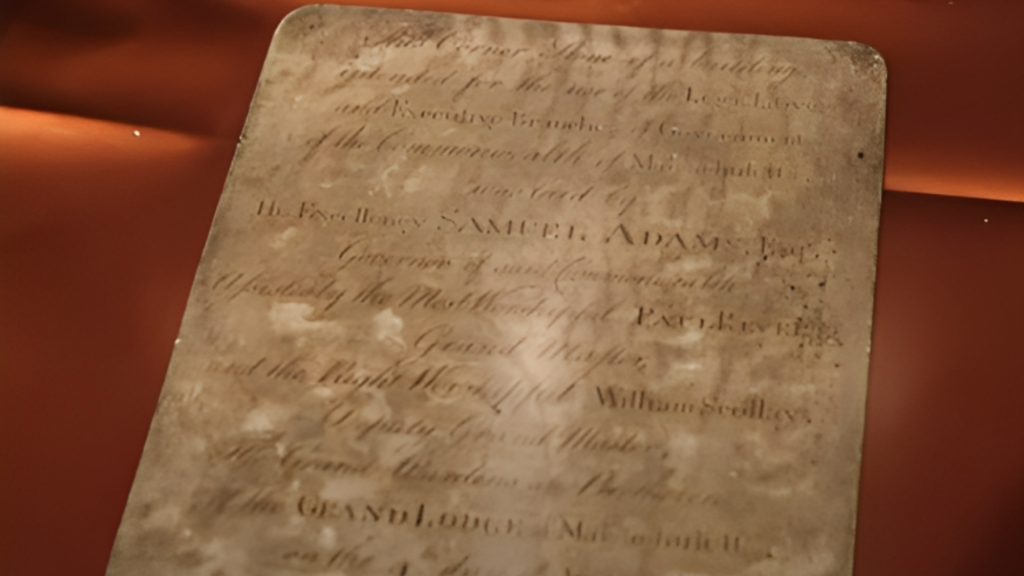
The text on the silver plate gave enough details that Pamela and her team were able to piece together the likely explanation. On the plate, it explains that the cornerstone was laid for the use of the executive and legislative branches of Massachusetts, and was laid by Sam Adams, Paul Revere, and William Sculley.
A Hint at the Freemasons
Those names may be familiar to many because they were all important figures in the American Revolution and had symbolic roles in securing American independence from the British. As revealed by the plate, Sam was the governor of Massachusetts at the time, and more importantly, a likely member of the Freemasons.

Along with being important figures in the American Revolution, the three men stated on the silver plate are also believed members of the Freemasons. The Freemasons were a volunteer organization that focused on self-improvement and taught moral and spiritual lessons through their induction ceremony.
Likely the Result of a Freemason Ceremony
Through the text on the silver plate, Comeau was able to determine that the capsule was likely planted in the cornerstone in a freemason ceremony. He was also able to determine the date of its initial burial, a question that had been raised several times by this point in the discovery process.
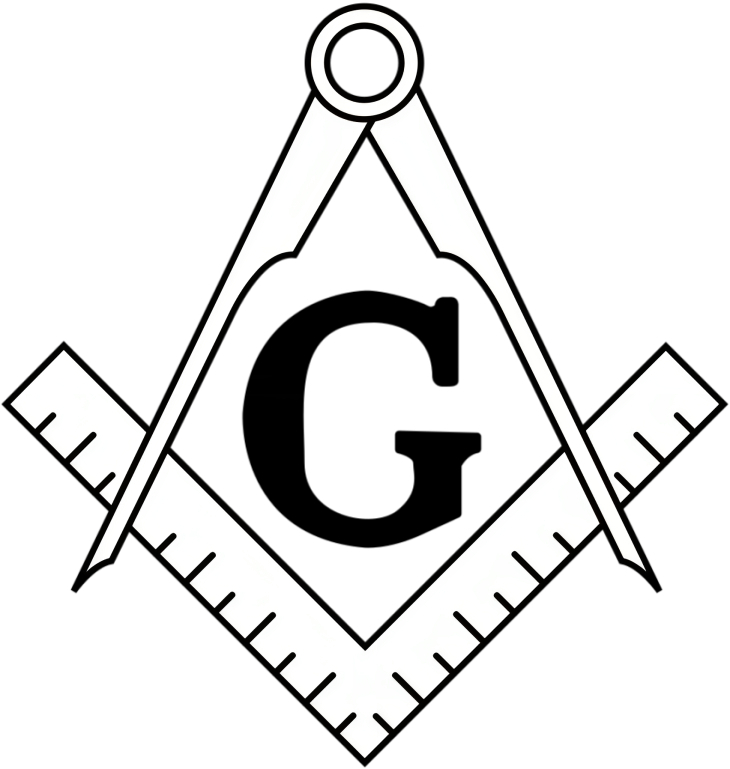
The plate revealed that the capsule had initially been buried on July 4, 1795, which was nearly twenty years after the signing of the Declaration of Independence. Adams likely saw this as a significant milestone for the fledgling country, and wanted to mark it as such with the burial of the time capsule.
A Symbol of American Greatness
Inviting his fellow freemasons to the founding of the State House likely seemed necessary to Adams, who would have wanted to share in this symbolic raising of American independence to the next level. He anticipated the greatness of the United States, and wanted to send a message to future generations.
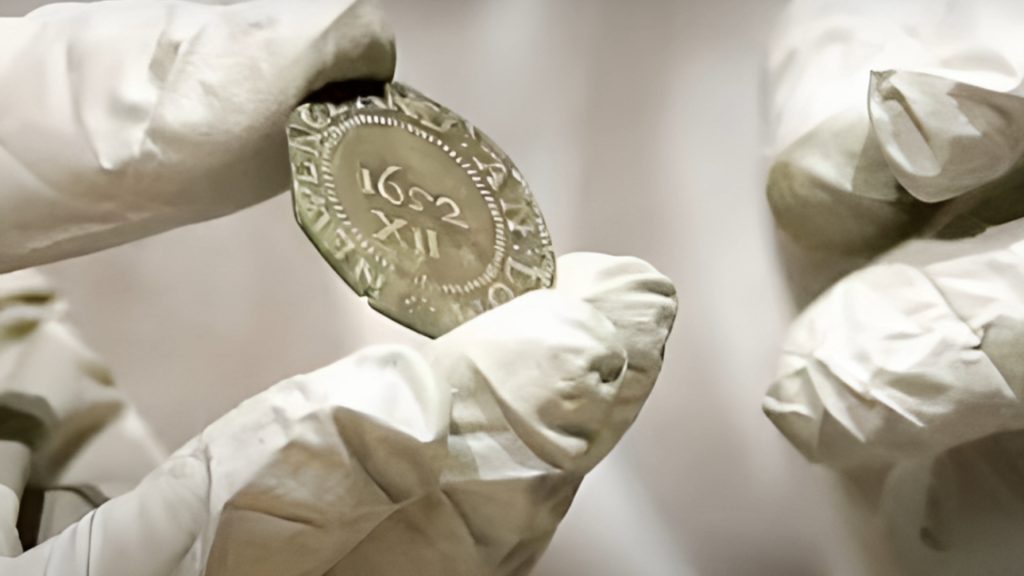
The unboxing of the time capsule is significant not just because of the historic value of the items it held inside. It’s also a tangible item that allows contemporary historians to feel connected to the past. It isn’t every day that such a significant historical find is uncovered, and Pamela and Michael both felt the importance of the occasion.
Pamela: The Superstar
The time capsule itself is no larger than a jewelry box, but the items inside hold far more value than the mere price of their materials. They also took Pamela from a little-known conservator of a local museum and launched her into the limelight.
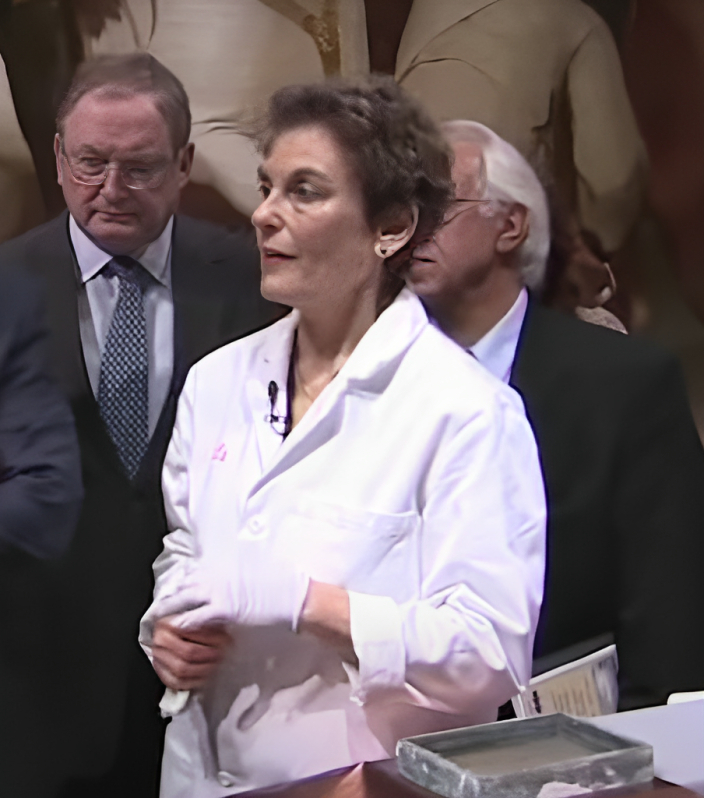
Multiple interviews with news channels gave Pamela far more recognition for this find than she expected, but when the find is as significant as this one, it’s to be expected. People are fascinated by history as a rule, and Pamela’s find is a significant milestone in the study of colonial history.
An Important Discovery for Boston, and America
The importance of the find even found its way up to the Massachusetts state government. Secretary Bill Gavin stated that the find was an important reminder of the richness of American history, and the importance of the state of Massachusetts in the founding of the United States as a whole.
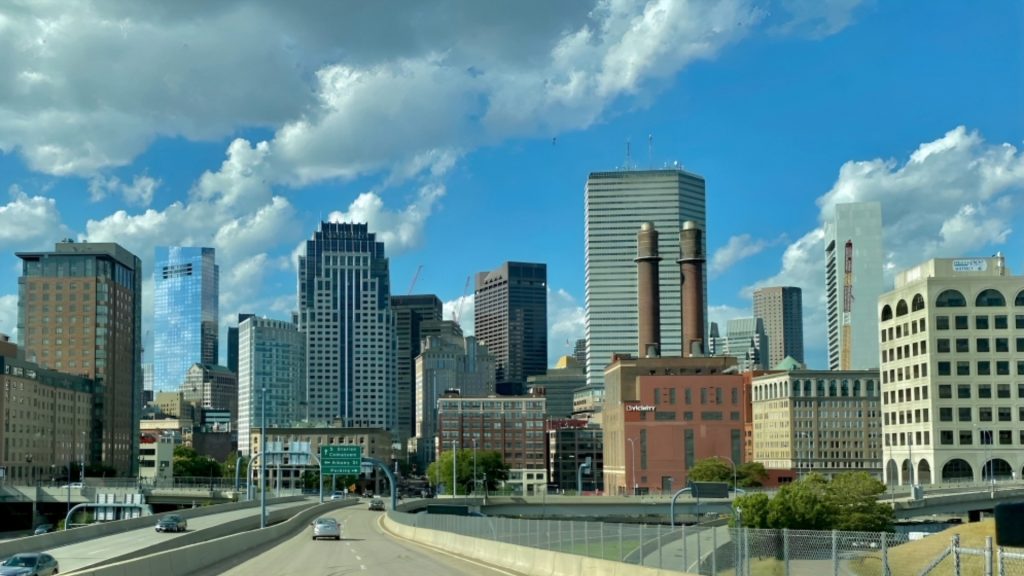
Regardless of your personal interest in American history, it cannot be denied that this is a significant milestone and discovery. Historians now have an entirely new perspective on a small corner of history, as well as context for an important building in Boston. While they may seem small, these are big gains for collective knowledge about our country, and should be treated with the importance they deserve.



